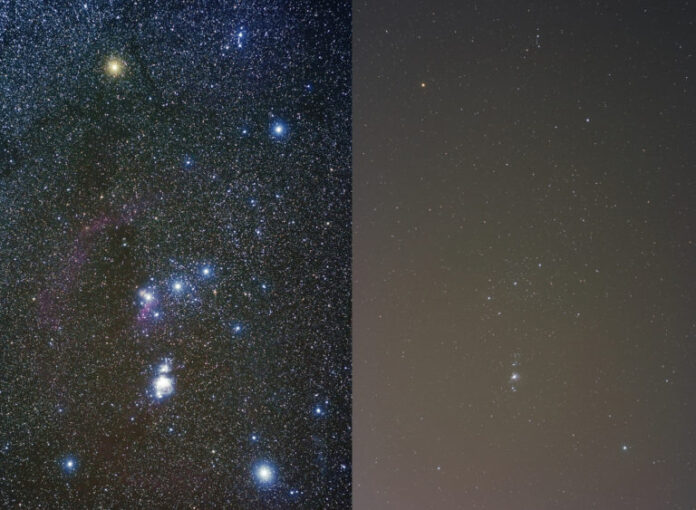Misdirected lighting from an Air Force Base in Hawaii is causing birds to literally fall from the sky. While we’ve long known that light pollution can impact avian life, the severity of that impact is now becoming clear. Fortunately, lighting technology is developing faster than ever before, so solutions are available.
Misdirected Lighting and Its Effect on Birds
More than 126 birds have recently fallen around Hawaii’s Kokee Air Force Station. Ten of them have died. Affected birds include Newell’s shearwaters, a threatened species, and the endangered Hawaiian petrels. Birds flying over the base seem to be distracted by the combination of bright lighting and foggy weather, which causes them to crash into objects or fly, confused, until exhaustion. The US Air Force has redirected their lighting fixtures and the number of incidents has already declined.
Light Pollution Alters Birds’ Daily Lifecycles

The phenomenon in Hawaii is emblematic of a larger problem concerning birds and night light. Birds, just like humans, have circadian rhythms that govern their daily biological cycles. Excessive night light alters these rhythms and disorients feeding schedules, reproductive cycles, directional awareness, and more. A study published in the Journal of Pineal Research found that animals with disrupted circadian rhythms (catalyzed in this case by an overexposure to artificial light) also struggle to produce melatonin, which can lead to an increased production of fat, a higher likelihood of heart disease, lower metabolism, risk of hypertension, etc. Urban areas are particularly problematic for birds because the bright lights make it tough for them to differentiate between daytime and nighttime. Scientists stress that birds cannot function normally in habitats where natural lighting has been so severely altered.
Amber LEDs May Accommodate Wildlife
 Although the proliferation of night lighting has caused this problem, lighting technology offers solutions. There are full lines of wildlife-friendly LED lighting available. Amber LEDs, for example, operate at a wavelength that does not disrupt the flora and fauna around it, but provides enough light to illuminate a given area. Companies like the one linked to above offer reflectors that prevent light from reaching anywhere it isn’t needed. The amber lights also have the energy-saving perks of LED lights; Energy.gov notes that “LEDs use 20%–30% of the energy and last up to 25 times longer than traditional incandescent bulbs.”
Although the proliferation of night lighting has caused this problem, lighting technology offers solutions. There are full lines of wildlife-friendly LED lighting available. Amber LEDs, for example, operate at a wavelength that does not disrupt the flora and fauna around it, but provides enough light to illuminate a given area. Companies like the one linked to above offer reflectors that prevent light from reaching anywhere it isn’t needed. The amber lights also have the energy-saving perks of LED lights; Energy.gov notes that “LEDs use 20%–30% of the energy and last up to 25 times longer than traditional incandescent bulbs.”
Your turn. Will LED lighting be enough to prevent interference in the lives of wild species? What other measures do we have to take to protect animals from light pollution? Share and tweet this article with your thoughts—I’ll follow up.



